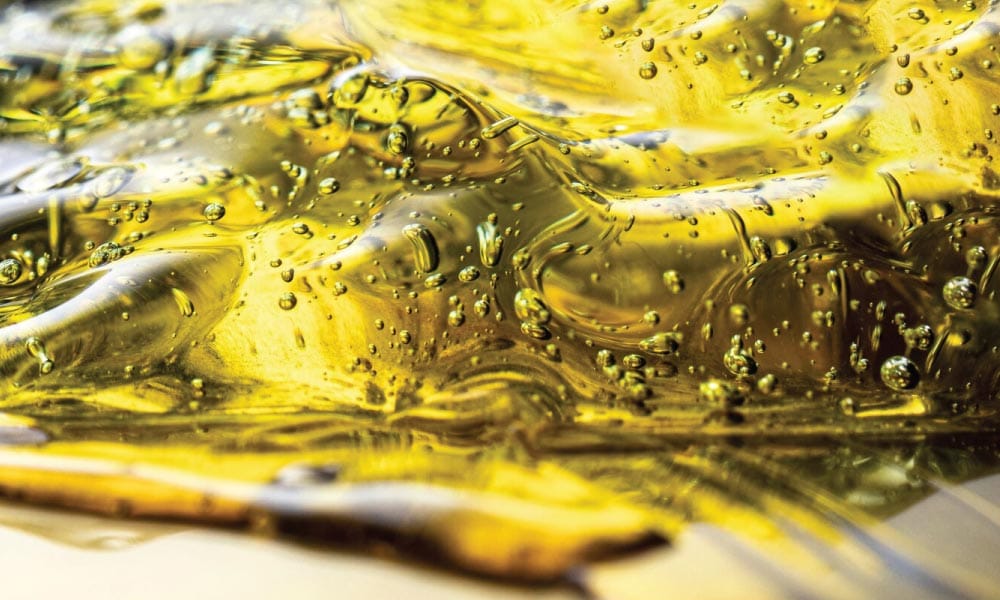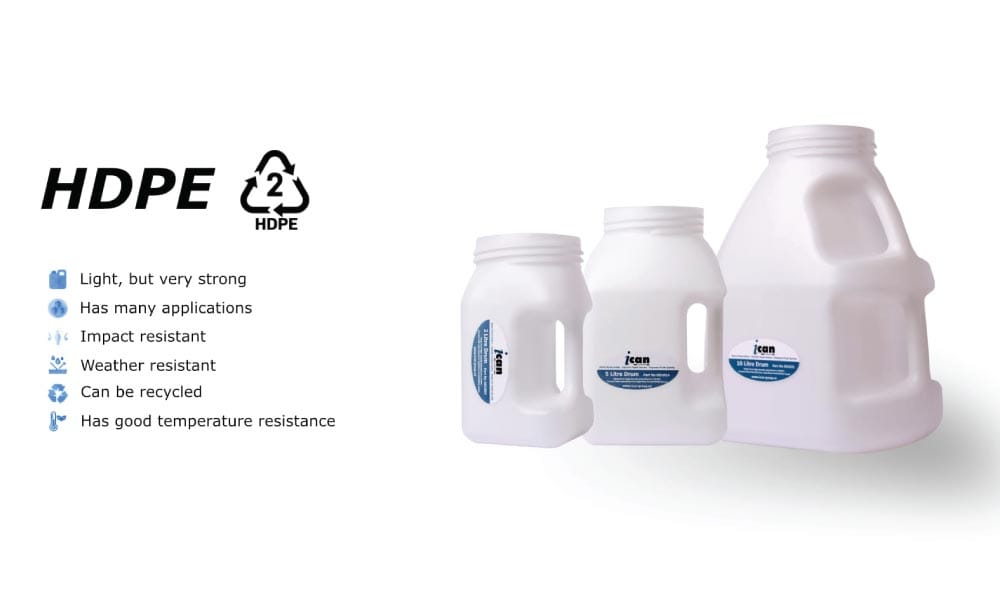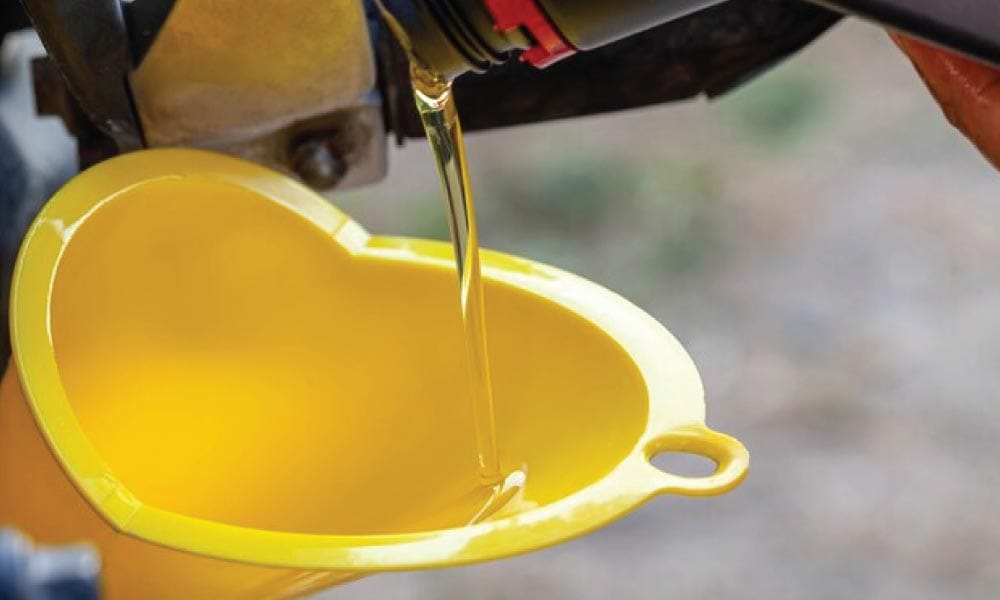In the manufacturing industry, lube oil, or industrial lubricants, play a critical role in maintaining machinery efficiency, productivity, and longevity. Effective lubrication is fundamental to machine reliability, reducing downtime, and ensuring smooth, uninterrupted production processes. In this comprehensive article, we will explore the functions of lube oil, outline the technical and economic benefits it brings, and provide detailed guidance on proper usage within industrial applications such as compressors, gearboxes, bearings, and hydraulic systems.
Functions of Lube Oil in Manufacturing Machinery
Lube oil serves several critical functions within manufacturing environments, directly influencing machinery performance and durability:
Reducing Friction and Wear
The primary role of lube oil is to minimize friction between moving components. By forming a protective film, lubricants significantly reduce direct metal-to-metal contact, lowering the wear rate of critical machine parts like bearings, gears, pistons, and cams.
Cooling and Heat Dissipation
Industrial machinery generates substantial heat due to mechanical friction. Lube oils effectively absorb and dissipate heat from high-friction areas, preventing overheating and maintaining machinery within safe operating temperatures. Efficient heat management reduces the risk of thermal-related damage.
Cleaning and Contaminant Control
Lube oils act as internal cleansers, capturing dirt, metal particles, and contaminants. They transport these impurities to filters, ensuring cleaner operation and reducing the risk of abrasive damage to machinery surfaces.
Corrosion Protection
Lube oils protect metal surfaces from oxidation, rust, and corrosion. By creating a moisture-resistant barrier, lubricants significantly extend component lifespan, particularly beneficial in humid or chemically aggressive industrial environments.
Sealing and Pressure Maintenance
In machinery such as compressors and hydraulic systems, lube oil acts as a sealant, filling microscopic gaps and preventing leakage of gases or fluids, thus maintaining operational efficiency and pressure levels within the system.
Shock and Vibration Damping
Lube oils also serve as shock absorbers, cushioning machinery components from mechanical impacts, reducing vibration, and maintaining stable machine operation under varying loads and operating conditions.
Technical and Economic Benefits of Using Lube Oil in Manufacturing
Effective lubrication not only supports machinery function but also delivers tangible economic and technical advantages:
Reduced Downtime and Maintenance Costs
Properly lubricated equipment experiences less frequent breakdowns and reduced wear rates, translating into fewer maintenance intervals and lower repair costs. Machinery downtime—a major expense in manufacturing—is significantly minimized, ensuring steady production flow.
Enhanced Energy Efficiency
Machines operating with optimal lubrication levels experience lower internal friction, thus consuming less energy. Reduced frictional resistance enables smoother machine operation, directly translating to measurable energy savings, essential in energy-intensive manufacturing operations.
Extended Equipment Lifespan
Regular, high-quality lubrication extends the operational life of machinery components by minimizing wear, corrosion, and thermal stress. Longer component lifespan results in better capital investment returns, as companies avoid premature replacements or costly upgrades.
Improved Operational Reliability
Reliable lubrication means fewer unexpected failures, maintaining consistent production quality and output. This predictability in operations allows for better production planning and efficiency, supporting overall profitability.
How to Properly Use Lube Oil in Manufacturing
To maximize the functions and benefits of lube oil, proper selection, application, and management practices must be adhered to. Here are critical guidelines for optimal lube oil use in manufacturing settings:
Selecting the Appropriate Lubricant
Always choose lubricants based on manufacturer recommendations. Each type of machinery—compressors, gearboxes, bearings, and hydraulic systems—requires specific lubricant properties, including viscosity grades, additive packages, and thermal resistance levels. Using unsuitable lubricant types can severely compromise machinery performance.
Regular Lubrication Scheduling
Implement a structured lubrication schedule based on equipment manufacturer specifications. Regular intervals—daily, weekly, or monthly—should be set to inspect lubricant conditions, refill oil reservoirs, or completely replace oils as required, avoiding lubricant starvation or over-lubrication.
Proper Quantity and Application
Use the correct lubricant quantity, ensuring neither excessive nor insufficient application. Over-lubrication can lead to overheating and seal degradation, whereas under-lubrication increases friction and wear. Follow manufacturer guidelines precisely regarding lubricant volume.
Lubrication Techniques and Procedures
Utilize the correct lubrication method, whether manual, automated, or circulation-based systems. Manual lubrication must be done carefully to avoid contamination, while automated systems need regular calibration and monitoring. Proper procedural compliance is essential for effective lubrication.
Maintaining Lubricant Cleanliness
Contaminated lubricants lead to accelerated wear and equipment damage. Storage containers, filling points, and equipment should be kept clean. Regularly replace filters and use proper contamination control measures to maintain lubricant purity.
Monitoring Lubricant Condition
Periodic lubricant analysis—checking viscosity, particle content, and contamination levels—allows early detection of potential machinery issues. Employ lubricant monitoring tools and oil analysis programs as preventative maintenance measures, significantly extending equipment lifespan and efficiency.
Training and Continuous Improvement
Maintenance teams should receive regular training in best lubrication practices and the latest techniques. Periodic reviews and adjustments to lubrication procedures ensure that lubrication management remains effective and aligned with machinery requirements.
Applications of Lube Oil in Key Manufacturing Machinery
Here are specific examples of lube oil usage in crucial manufacturing equipment:
Compressors
In compressors, lube oil lubricates internal components, reducing friction and wear on pistons, rotors, and bearings. Lubricants also facilitate heat transfer, preventing overheating and ensuring efficient compression and system sealing, maintaining high operational efficiency.
Gearboxes
Gear oil reduces friction and wear among gear teeth, particularly under heavy loads and shock conditions. Enhanced lubrication ensures efficient power transmission, prevents excessive heat generation, and extends gearbox service life.
Bearings
Lube oil in bearings minimizes metal-to-metal contact between rolling elements and bearing races, ensuring smooth rotation, reducing operational heat, and enhancing bearing longevity. Proper bearing lubrication also reduces vibration and noise, contributing to quieter, smoother machine operation.
Hydraulic Systems
In hydraulic systems, lube oil doubles as a hydraulic fluid, transmitting power, lubricating internal components, and facilitating effective heat removal. Proper hydraulic fluid maintenance and cleanliness are vital for avoiding component failure and maintaining precise control and responsiveness of hydraulic machinery.
Proper selection, application, and management of lube oil directly impact manufacturing operations by improving machinery reliability, reducing maintenance costs, and enhancing operational efficiency. Companies investing in effective lubrication management enjoy significant competitive advantages through enhanced productivity, reduced downtime, and extended machinery lifespans.




